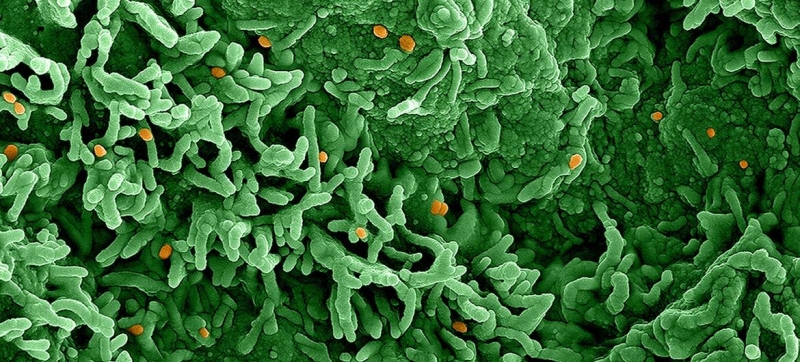
The previous outbreak of monkeypox in Europe was caused by a less virulent strain. Sweden confirms monkeypox case, first outside Africa Health
Swedish authorities have reported a confirmed case of monkeypox in the country, the first outside Africa. The World Health Organization declared the outbreak an international health emergency the day before.
According to Swedish health authorities, the infected person had visited an area of Africa where monkeypox has been reported.
“As we have noted previously, it was only a matter of time before clade I (the monkeypox strain – ed.), which appears to be more severe than clade II, would be detected in other WHO regions, given the interconnectedness of our world,” Hans Kluge, WHO Regional Director for Europe, wrote on his page on the X platform.
The infected person is currently undergoing treatment. Standard measures for such situations are also being taken, including patient isolation and contact tracing.
Swedish health authorities stress that while the threat to the general public remains low, vigilance is crucial.
Kluge called on the 53 countries in the WHO European Region to step up monkeypox detection, issue necessary advice to the population and expand access to vaccines and antiviral drugs.
Read more:
WHO declares monkeypox outbreak a ‘public health emergency of international concern’
“Last but not least, I also call on governments, health authorities and the general public not to stigmatise or discriminate against individuals or communities affected by monkeypox,” he said. Kluge.
He recalled that WHO made a similar call during the previous outbreak in Europe in 2022, which heavily affected men who have sex with men.
“That first outbreak was quickly contained through community engagement and partnerships that empowered people to take responsibility for their health, take appropriate protective measures, and create an enabling environment that promotes optimal health outcomes,” Kluge said.
It is noted that the previous outbreak was caused by a less virulent strain, dubbed “clade II.”
